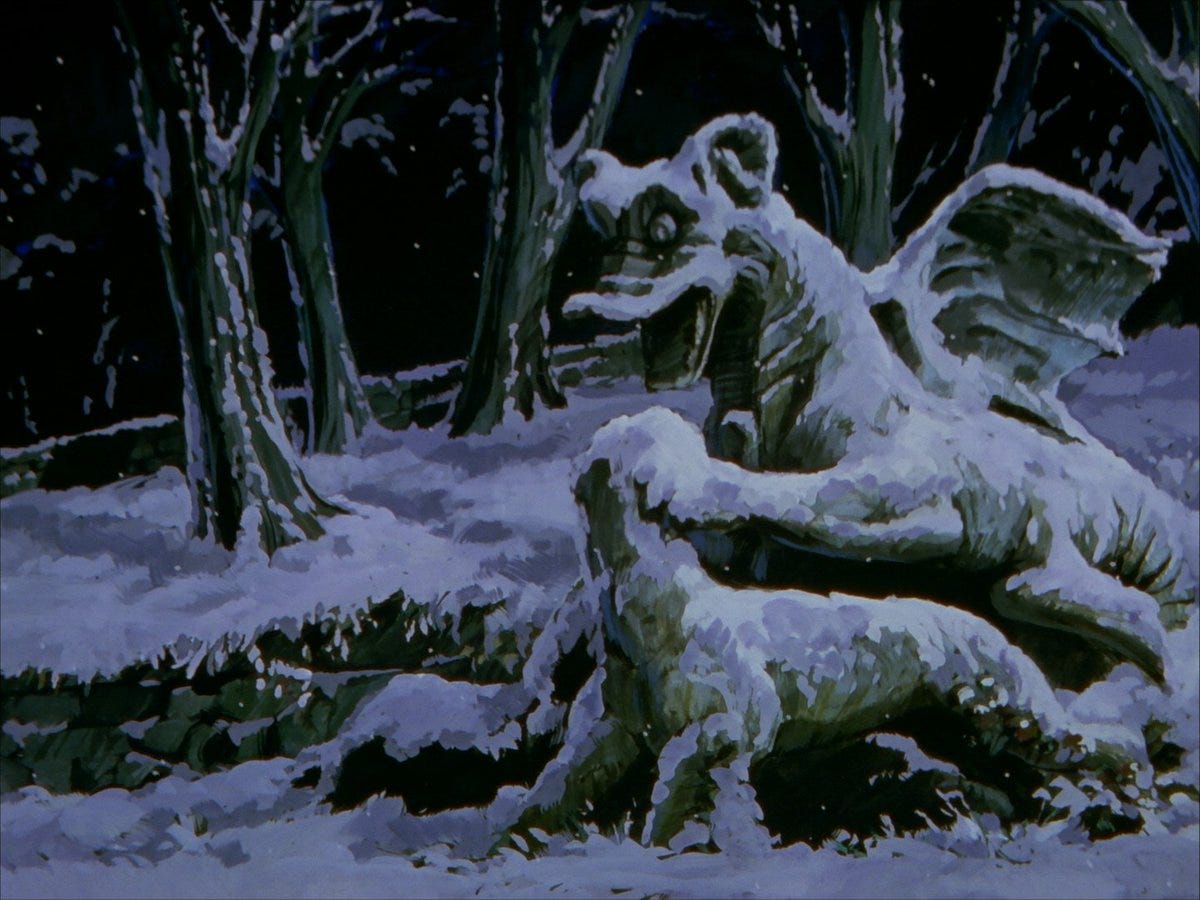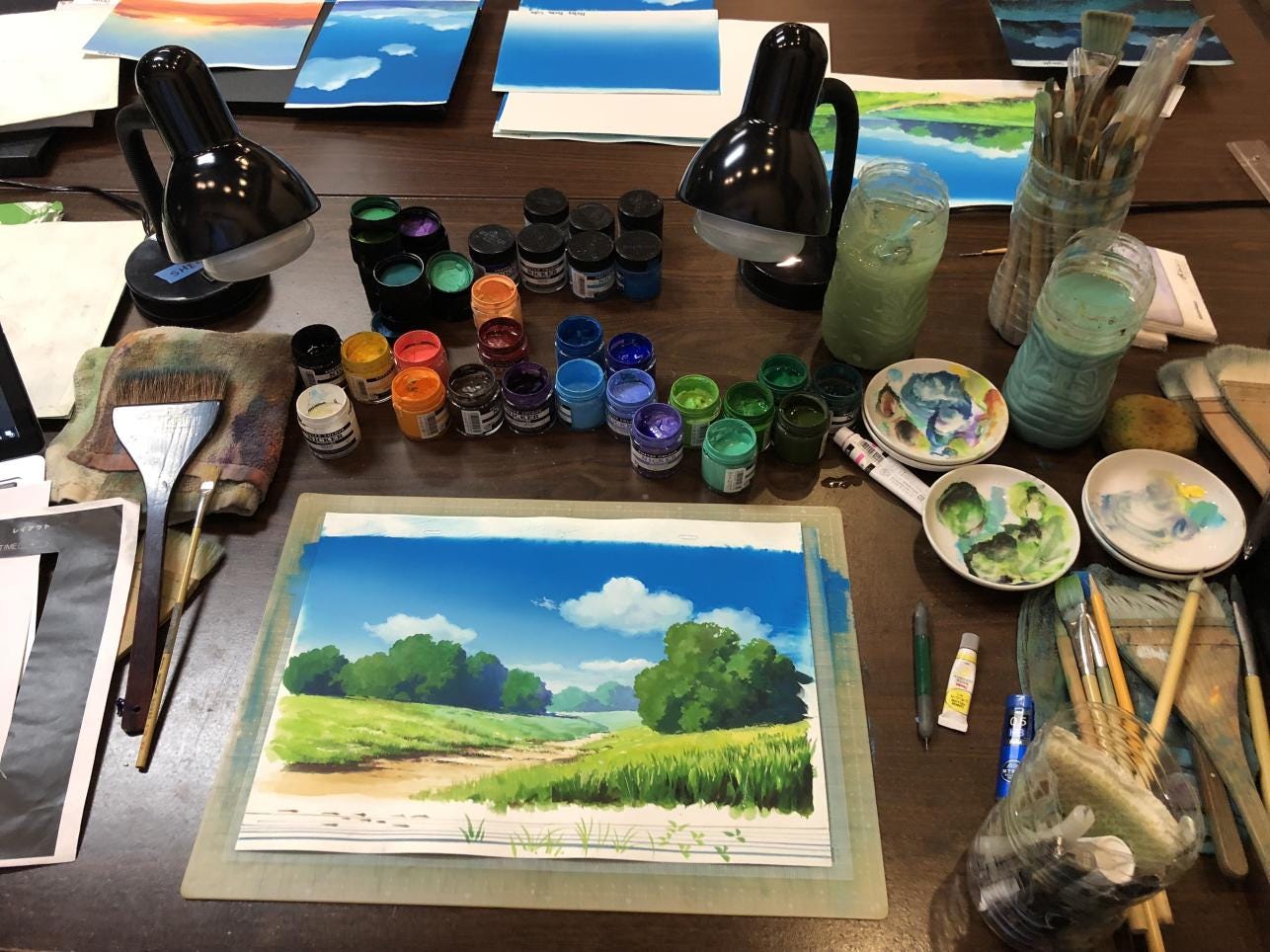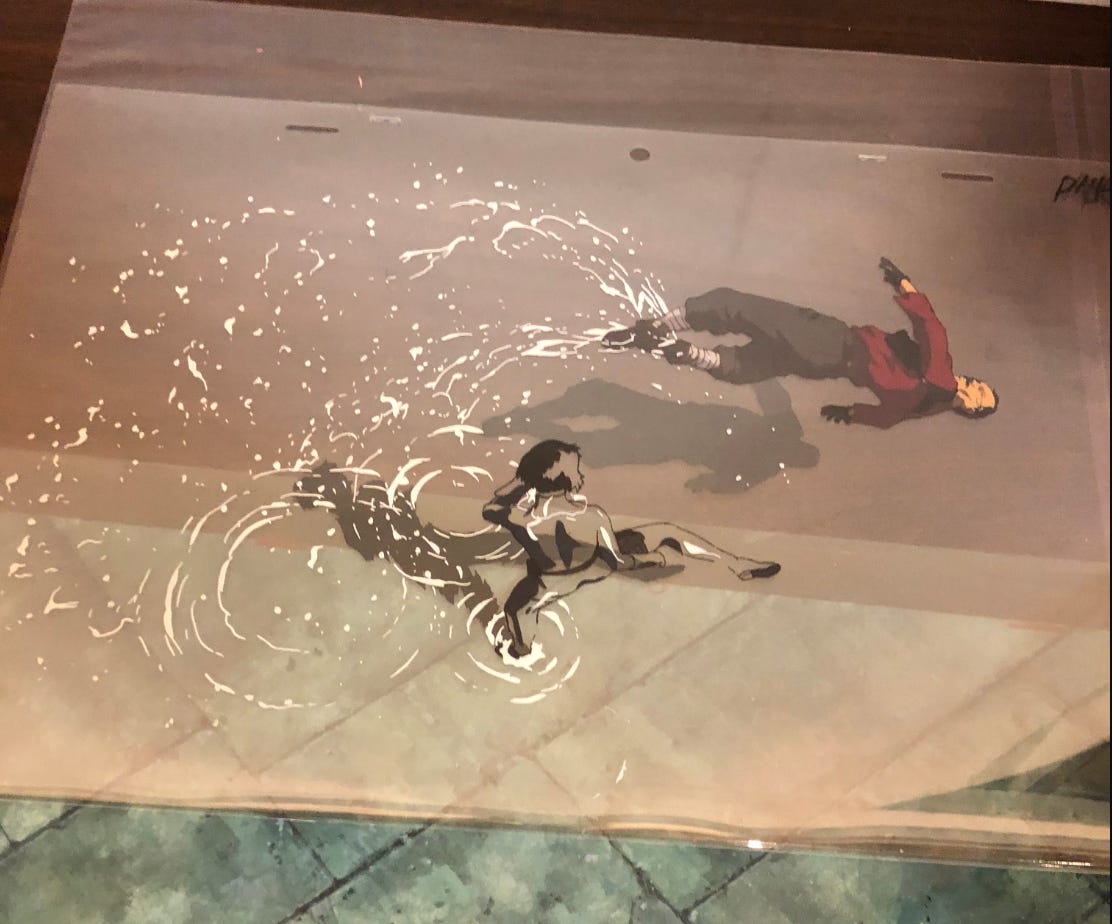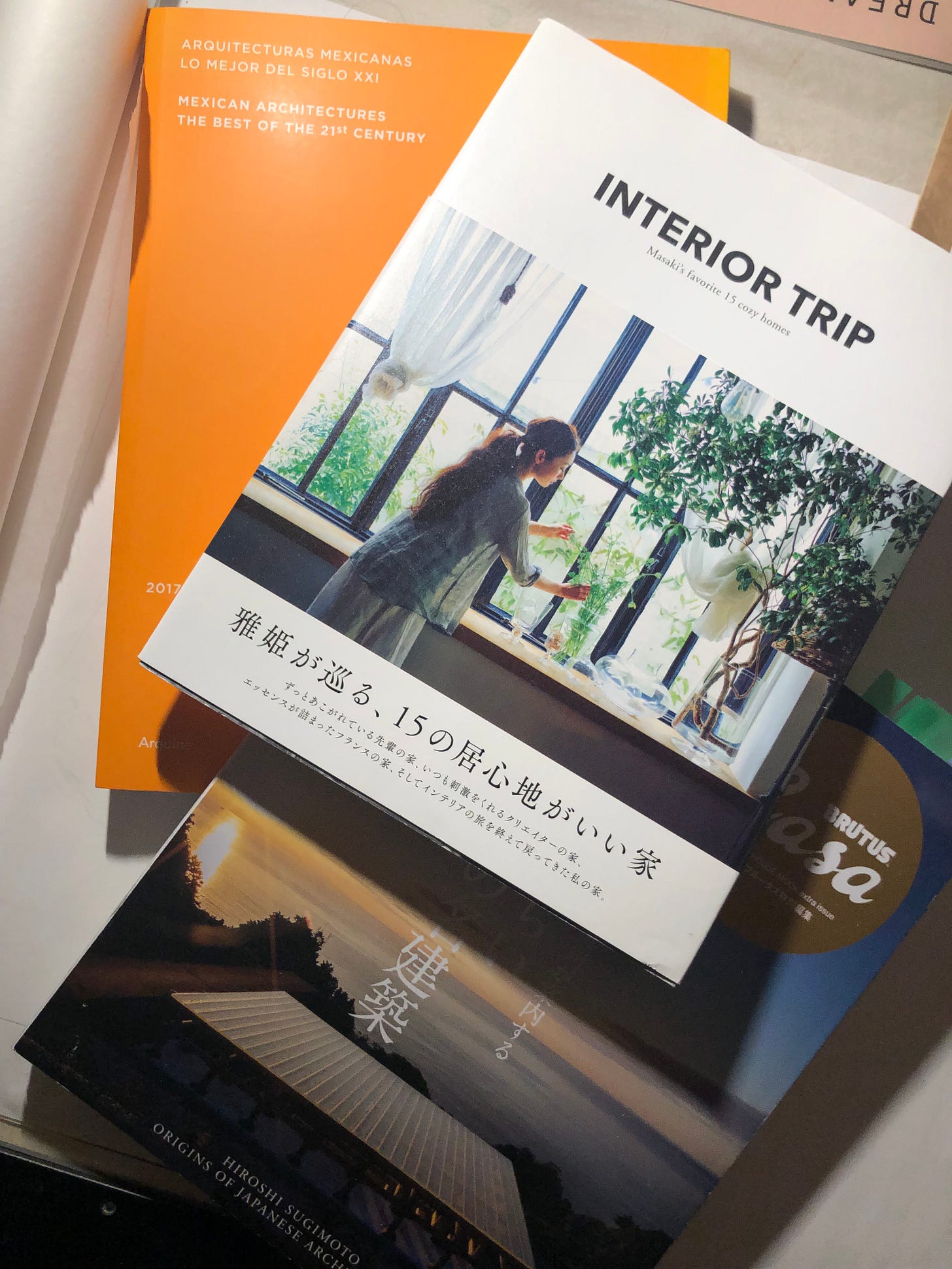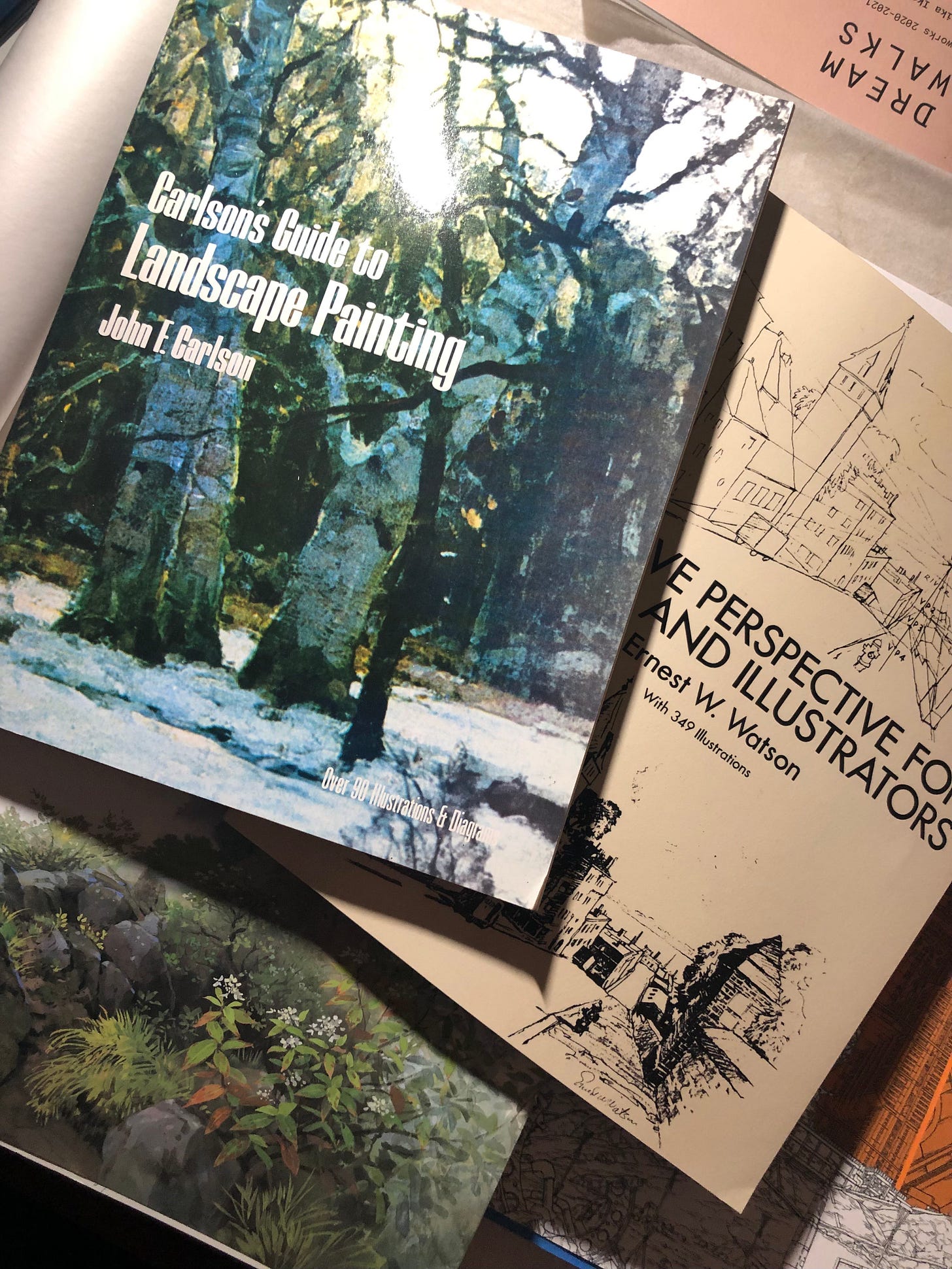Background Appreciation Vol 1
Before I abandoned my Patreon I talked about how the scale and intricacies of Background art and design always intimidated me when I was younger. I wanted to make it, but I comfortably retread creatures and characters and I felt backgrounds were too ambitious for me. I figured it was better to be sufficient in what i knew than to challenge myself and risk making a mistake or something looking terrible. Growing up the fear of getting something wrong and setting others back, or having an effect on other people hung over my head for years. I would rather be silent and unheard than try something new and run the risk of humiliation.
Self esteem and confidence always escaped me, but the older I get the more relaxed and self assured I become, and my conviction has been cultivated in a way where I don’t feel I have to compare or compete, but to simply be myself. At my age, I think i’ve just become more relaxed and don’t care as much, I think it’s natural with getting older - I’m secure with my personal and creative identity, even as career goals may vary depending on my values, I’m altogether happy. Hearing that from myself resolves healing from past versions.
Now that I’ve completed that deviation wanted to talk about Shichiro Kobayashi, who passed away in August, art director of Castle of Cagliostro, Utena, Angels Egg, Berserk etc.. He mentored some major background artists, Kazuo Oga, Shinji Kimura, Hiromasa Ogura as well as other designers on Akira. Oga and Ghibli were my introductions to the idea of background works being self sufficient without the context of animation, but no one has been as pervasive for background art as Kobayashi. Even if they’re intended for production, his backgrounds (and his protégés) harbor as much intensity as the stories that inhabit them.
Both Kobayashi and Amano, who was the lead character designer on Angels Egg, creative demeanors beautifully work in rich and gloomy harmony.
”Simplicity, spontaneity, dynamism” He said.
There may be a subscription window break here, I don’t know how to get rid of it - there’s more to read below (lol)
Shichiro Kobayashi BERSERK, ANGELS EGG
For a long time my inherent approach to drawing was always tinged with darkness, or something gothic tonally. I love timeworn forests with coiling vines and vegetation - and I wanted to apply that to architecture for a long time, but not if I didn’t adopt true perspective principles first.
I thought if I were going to do it, I wouldn’t want to rely heavily a manner of aesthetic or be too derivative. I’m enamored by color but my foundations were monochromatic, so I leaned into that. Only working with ink for years, I liked dark aesthetics but I wanted to translate that attitude through color. If the light is direct, I want it to reveal the elderly nature of the earth and its disfigurements. There’s an Infinite amount of texture and life in environments, it's never limited but can always be represented as simplified or as intricate as an artist intends.
I have an insurmountable appreciation for all of it, but in the end I’m not an industry background designer, so maybe my words don’t hold value - and while I would like do be, perhaps I’m inherently inhibited by my own traits. I’ve applied to layout design/background paint positions for years, but they’ve always fallen through - my portfolio isn’t developed enough. I’ve tried to simplify to some degree, I feel I used to overcomplicate my illustrations - I liked that side of my work, but I thought maybe there were other ways I could allocate my efforts. Maybe my values are changing, I don’t know if I can comprehend that in real time.
My understanding of perspective drawing changed entirely when i saw hand-painted example backgrounds with my own eyes, in addition to Yohichi Nishikawa’s approach to painting with deft symmetry. He painted succinctly, with knowledge of his application and how his color mixing would engage with the rest of his paint. The work is entirely visualized from the start in his minds eye, it was humbling to witness not for his reputation but to be immersed in an artists prowess so intimately.
Two exercises during the class included a seamless, three tier sky gradation, very simple in principle but is pretty arduous too perfect. The other exercise was to paint a fence post in perspective, and to allow your brush to suggest natural a wood grain without overly mixing your paint or retreading the same areas.
My results left something to be desired, but as a starting point I was satisfied with my paint application. I’ve talked about it before, but with this paint (Poster Color) I have a tendency to overwork and attempt to remove/reapply the paint with water and a damp paper towel, the hot press paper is tolerant of that however it’s altogether more successful upon your first application of paint. I’m working on a small scale, It’s made even more taxing on the standard scale paper. It’s a precious process, heading toward being entirely outsourced if not already, and I hold this time in my life of high value naturally.
The course supervisors brought in original background examples to view and better understand their blueprinting, some of which included original paintings and animation cels from Ghost in the Shell. It goes without saying the likes of Ghost in the Shell, Patlabor, Akira etc. set a precedent for arresting hand-drawn cityscapes and architecture, therefore observing the works in person could never be reproduced through digital representations well enough, except for perhaps the final works themselves. Observing these works and handling the cel from such an omnipresent excerpt of filmmaking had me realize only in hindsight these were a pieces of history and they all belong untouched and in their own respective exhibitions.
A few books I may suggest if you’re interested in anything i’ve just written about:
Inspiration: Kazuo Oga Animation Artworks, Anime Architecture, Imagined Worlds and Endless Megacities which includes works from Patlabor, Ghost in the Shell, Tekkonkinkreet, Evangelion, Metropolois and Akira. Yakabatake Satoshi Precision Background Art Book.
For architecture reference I picked up a couple interior design catalogues as well as Mexican Architecture 21st Century compilation
A couple books for skill honing: Guide to Lanscape Painting John F. Carlson and Creative Perspective for Artists and Illustrators - I also suggest Creative Illustration by Andrew Loomis. These are all old references with ageless philosophy.






